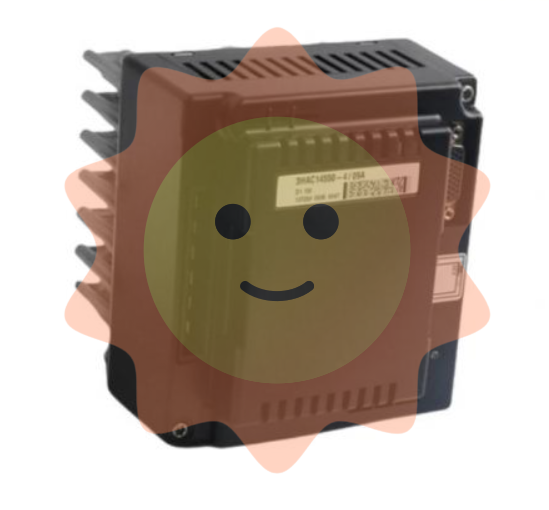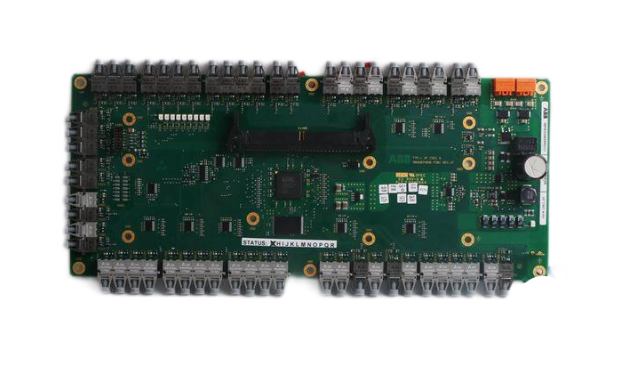High-efficiency low-cost retail giants embrace robots
Since then, Amazon Robotics has developed a series of robots, including Kiva's scaled-down version of Pegasus, which allows Amazon to store more items at fulfillment centers and make widespread use of robots at smaller urban fulfillment stations. To prepare for a more highly automated future, the company recently opened a new robot manufacturing facility in Massachusetts to boost production.
In 2014, when it became clear that Kiva robots would be manufactured exclusively for Amazon, two engineers from a medical company decided to form a company called Exotec to start building a different kind of robotic warehouse. The French company has developed a three-dimensional system using a robot called Skypod. Skypod looks a bit like Kiva and can also move freely in the warehouse. But instead of moving shelves, the Skypod is able to climb onto them. When it reaches the desired height, it removes a crate, then climbs down the shelf with it and delivers it to the sorting station. The Skypod maximizes the use of warehouse space, as it can climb up shelves 12 meters high. Because the system is modular in design, it can be easily extended. Skypod can not only return crates to shelves, but also move them to places where they need to be reloaded.
Skypod is already being used by some retailers, including French hypermarket group Carrefour, US clothing company Gap and Japanese clothing brand Uniqlo.
More robots will enter the field of production and life
Of course, because robots move so fast (Skypod's speed is 4 meters per second) that they can hurt people, they are often designated to operate in enclosed areas. Today, if Amazon employees need to enter the robot work area, they wear special safety vests. The safety vest is equipped with an electronic device that signals to nearby robots that there are people in the area. After receiving the signal, the robot will stop working or change to another route.

In addition, for robots to work with people, they must be equipped with additional safety systems such as cameras, radar and other sensors to avoid colliding with people. As a result, they tend to act cautiously and slowly, which will cause the robot to stop frequently and work slowly. Now, robots that are more powerful and more aware of their surroundings are on the way. NEC, for example, has begun to adopt "risk-sensitive stochastic control technology," which is similar to procedures used in the financial sector to avoid risky investments. In warehousing scenarios, it allows robots to weigh risks before starting work, such as choosing the safest and fastest route through the warehouse. NEC said that during testing, the technology doubled the robot's average picking speed without compromising safety.
The British "Economist" magazine said in a related report that the most difficult work to automate in the fulfillment center is sorting and packaging, so it needs to increase manpower in the peak season. And it is not easy to use robots to complete these tasks, because the fulfillment center stores countless types of goods, different shapes, sizes and weights. Still, Amazon, Ocado, and numerous companies have begun to automate sorting by installing robotic arms at some sorting stations. These robotic arms typically identify items by using cameras and reading bar codes. Artificial intelligence techniques are used to teach robots how to handle certain goods, such as not putting potatoes on top of eggs.
Ocado is also developing a robotic arm that bypasses the sorting station and takes goods directly from crates in the fulfillment center. Fetch Robotics, a Silicon Valley-based logistics robot maker that developed a robotic arm that can move around a fulfillment centre at will, was acquired last year by Zebra Technologies, a US automatic signage company.
Another robot manufacturer, Boston Dynamics, based in Massachusetts, has introduced a heavy-duty mobile robot called Stretch that helps drivers unload and place boxes in place. In January, US logistics giant DHL placed its first order for Stretch, which will use the robot in its North American warehouses over the next three years.
It is foreseeable that in the future, there will be many different types of robots entering different areas of production and life, but at the same time, there will be many different types of work for humans.
- EMERSON
- Honeywell
- CTI
- Rolls-Royce
- General Electric
- Woodward
- Yaskawa
- xYCOM
- Motorola
- Siemens
- Rockwell
- ABB
- B&R
- HIMA
- Construction site
- electricity
- Automobile market
- PLC
- DCS
- Motor drivers
- VSD
- Implications
- cement
- CO2
- CEM
- methane
- Artificial intelligence
- Titanic
- Solar energy
- Hydrogen fuel cell
- Hydrogen and fuel cells
- Hydrogen and oxygen fuel cells
- tyre
- Chemical fiber
- dynamo
- corpuscle
- Pulp and paper
- printing
- fossil
- FANUC
- Food and beverage
- Life science
- Sewage treatment
- Personal care
- electricity
- boats
- infrastructure
- Automobile industry
- metallurgy
- Nuclear power generation
- Geothermal power generation
- Water and wastewater
- Infrastructure construction
- Mine hazard
- steel
- papermaking
- Natural gas industry
- Infrastructure construction
- Power and energy
- Rubber and plastic
- Renewable energy
- pharmacy
- mining
- Plastic industry
- Schneider
- Kongsberg
- NI
- Wind energy
- International petroleum
- International new energy network
- gas
- WATLOW
- ProSoft
- SEW
- wind
- ADVANCED
- Reliance
- YOKOGAWA
- TRICONEX
- FOXBORO
- METSO
- MAN
- Advantest
- ADVANCED
- ALSTOM
- Control Wave
- AB
- AMAT
- STUDER
- KONGSBERG
- MOTOROLA
- DANAHER MOTION
- Bently
- Galil
- EATON
- MOLEX
- Triconex
- DEIF
- B&W
- ZYGO
- Aerotech
- DANFOSS
- KOLLMORGEN
- Beijer
- Endress+Hauser
- MOOG
- KB
- Moxa
- Rexroth


Email:wang@kongjiangauto.com




















































































































